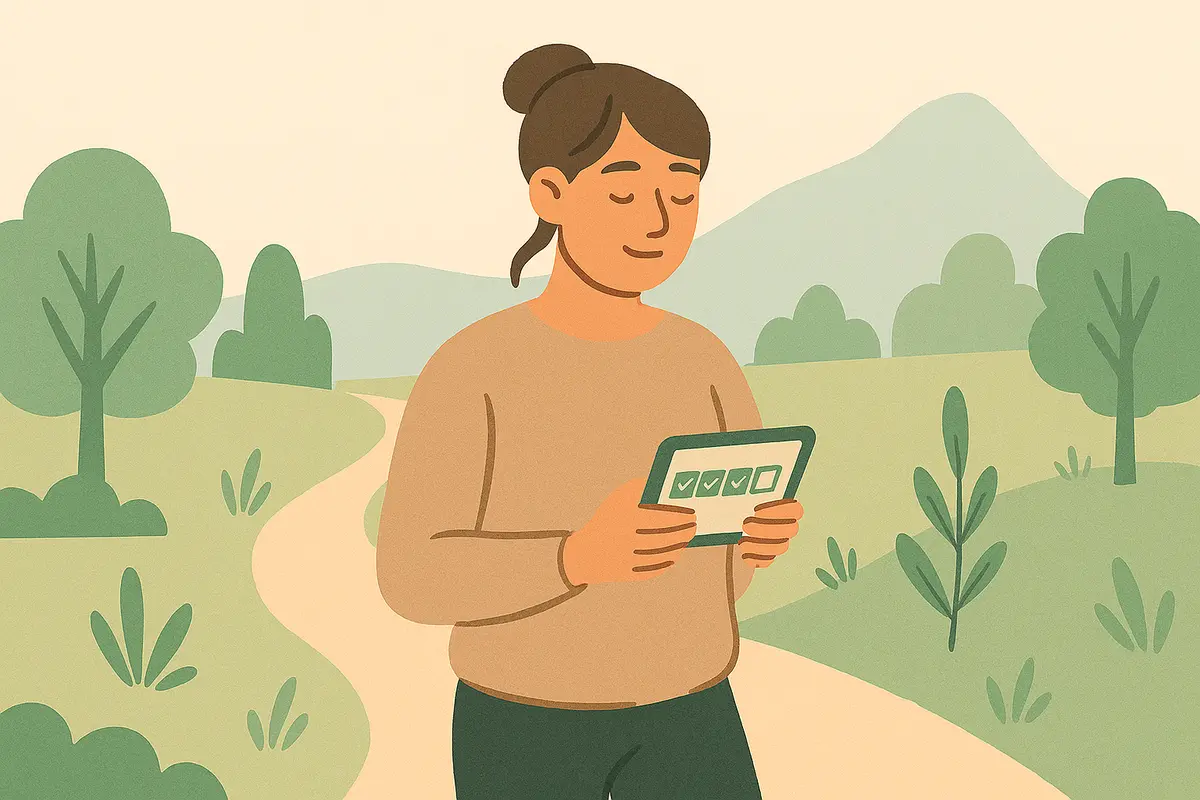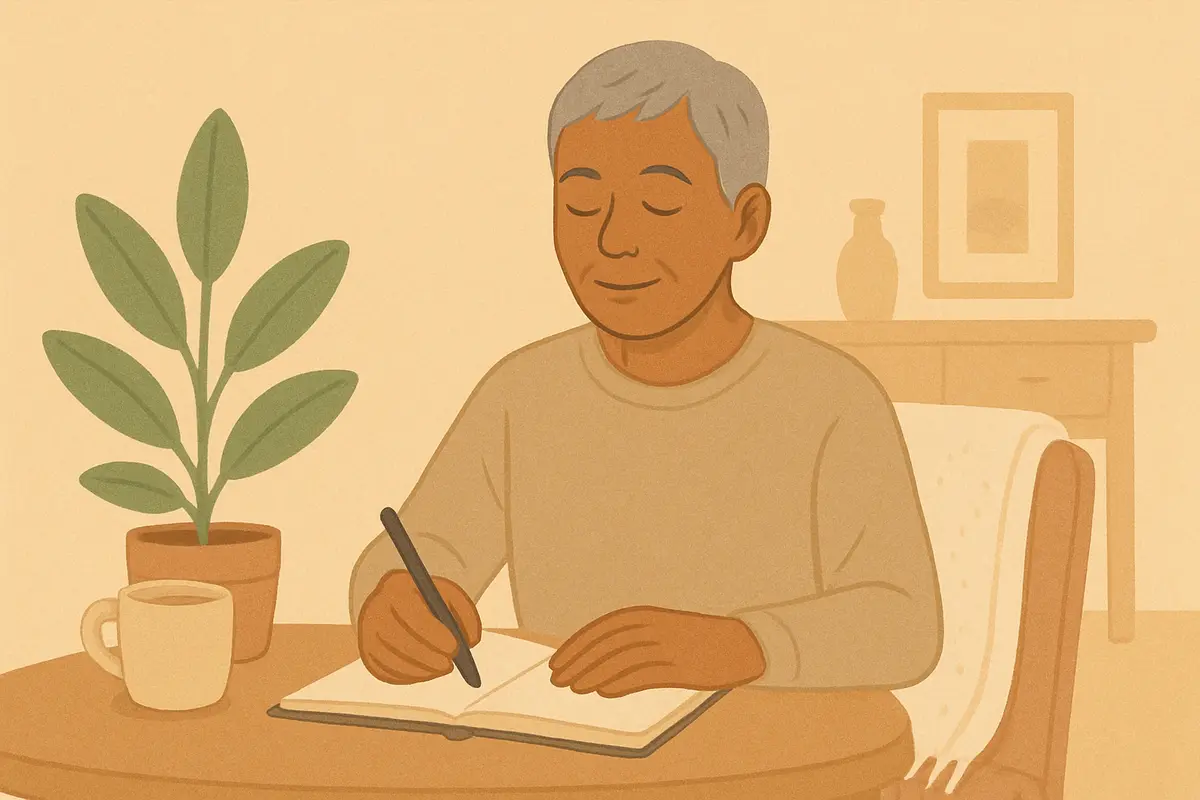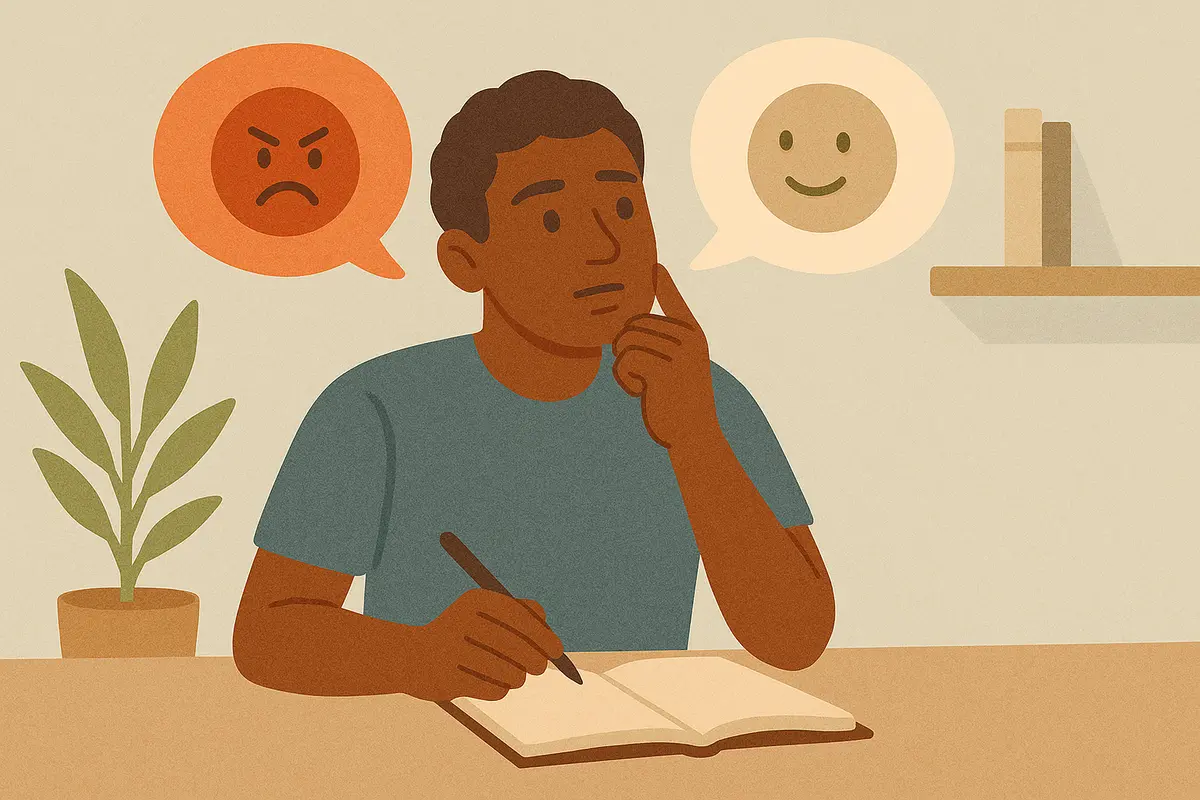
Feeling stuck in cycles of anxiety avoidance where practicing emotional regulation skills feels overwhelming and burdensome? Knowing which coping strategies could help but struggling to maintain motivation for consistent practice, especially when life gets stressful and you need these skills most? The problem isn't lack of willpower—it's that traditional anxiety management often feels like clinical homework rather than engaging activities.
This evidence-based approach transforms overwhelming anxiety management into an engaging, achievable journey through game-like challenges with clear milestones and rewards. A gamified skill practice challenge organizes anxiety-management techniques into progressive levels that build genuine confidence while reducing resistance to the work itself. Research demonstrates that gamified mental health interventions significantly improve engagement and outcomes.

Struggling to calm racing thoughts during stressful moments? Finding it difficult to focus on breathing techniques without guidance, or feeling overwhelmed by anxiety that seems impossible to control? When panic strikes or stress escalates, your mind often becomes too scattered to remember proper breathing techniques or maintain the rhythm needed for effective nervous system regulation.
This evidence-based approach transforms scattered breath control attempts into a precise nervous system regulation tool that delivers immediate relief. A custom breathing timer provides structured guidance for specific breathing patterns designed to rapidly activate your body's natural relaxation response. Research demonstrates that guided breathing interventions produce significantly greater anxiety reduction than unguided attempts.

Drowning in anxiety management advice but struggling to identify which strategies actually work for your unique situation? Finding yourself repeatedly trying coping techniques that provide minimal relief while overlooking approaches that could genuinely help? The problem isn't lacking strategies—it's lacking systematic insight into which specific techniques effectively regulate your individual emotional patterns.
This evidence-based approach transforms scattered anxiety management attempts into a data-driven toolkit through immediate effectiveness evaluation. An anxiety skill rating scale creates personalized insights about which techniques work best for you, eliminates guesswork from crisis intervention, and builds evidence-based coping plans. Research demonstrates that systematic self-monitoring significantly improves emotional regulation outcomes.

Trapped in cycles of harsh self-criticism that you would never direct toward someone you care about? Exhausted by an inner voice that amplifies mistakes while minimizing strengths? Struggling with emotional challenges that seem insurmountable when you're at the center of them, but would feel manageable if they were happening to someone else? This cruel double standard witholds compassion precisely when you need it most.
This evidence-based approach transforms devastating self-judgment into healing self-compassion by leveraging your natural capacity for kindness toward others. The technique involves stepping outside your emotional turmoil to imagine how you would respond if a beloved friend faced your exact situation, then offering yourself that same supportive guidance. Research demonstrates that self-compassion interventions significantly reduce anxiety and depression while building lasting resilience.

Overwhelmed by panic attacks that make you feel like danger is imminent even when you're physically secure, trapped in trauma responses that hijack your sense of reality, or consumed by anxiety that creates false urgency about imagined threats? This evidence-based approach harnesses the power of present-moment awareness to interrupt your nervous system's false alarm responses and restore accurate perception of your actual safety.
The "I am safe in this moment" mantra is a targeted grounding affirmation that rapidly redirects attention from perceived threats to present-moment reality, activating your body's natural calming mechanisms while building resilience against future anxiety episodes. This simple yet scientifically-backed practice provides immediate relief during emotional crises while strengthening long-term emotional regulation through repetitive neural pathway reinforcement.
Research demonstrates that mantra-based interventions combined with present-moment awareness significantly reduce anxiety symptoms, panic frequency, and trauma-related distress by engaging the parasympathetic nervous system's relaxation response.

Trapped in a mental loop of "I'm going to fail," "Everyone can see how anxious I am," or "Something terrible will happen"? These automatic negative thoughts create a vicious cycle where anxious predictions generate more anxiety, which generates more negative predictions. Your mind becomes a 24/7 news channel broadcasting worst-case scenarios, keeping your nervous system in constant high alert and making everyday situations feel threatening and overwhelming.
Rewriting anxious self-statements transforms destructive thought patterns into balanced, realistic perspectives through systematic cognitive restructuring that interrupts anxiety's spiral before it gains momentum. This evidence-based technique helps you catch distorted thinking, examine its accuracy, and replace mental catastrophes with grounded reality checks. Research demonstrates that cognitive restructuring significantly reduces anxiety symptoms and improves emotional regulation across various anxiety disorders.

Trapped in a mental loop of "I'm going to fail," "Everyone can see how anxious I am," or "Something terrible will happen"? These automatic negative thoughts create a vicious cycle where anxious predictions generate more anxiety, which generates more negative predictions. Your mind becomes a 24/7 news channel broadcasting worst-case scenarios, keeping your nervous system in constant high alert and making everyday situations feel threatening and overwhelming.
Rewriting anxious self-statements transforms destructive thought patterns into balanced, realistic perspectives through systematic cognitive restructuring that interrupts anxiety's spiral before it gains momentum. This evidence-based technique helps you catch distorted thinking, examine its accuracy, and replace mental catastrophes with grounded reality checks. Research demonstrates that cognitive restructuring significantly reduces anxiety symptoms and improves emotional regulation across various anxiety disorders.

Your mind operates like a constant background narrator, generating thousands of spontaneous thoughts daily that shape your emotions and behaviors without conscious awareness. These automatic thoughts—like "I'm going to mess this up," "They think I'm stupid," or "Nothing ever works out for me"—flash through your consciousness so quickly you barely notice them, yet they powerfully influence how you feel and respond to life's challenges.
Journaling automatic thoughts transforms these invisible mental patterns into visible, manageable information through systematic documentation and examination. This evidence-based practice helps you catch negative thought patterns before they spiral into overwhelming emotions, providing concrete data about your mental habits that can be questioned, challenged, and reshaped. Research shows that identifying and restructuring automatic thoughts significantly reduces anxiety and depression while improving emotional regulation.

A relentless voice in your head whispers "You're not good enough," "Everyone will see you're a fraud," or "You'll never succeed" during moments when you need encouragement most. This internal critic operates like a harsh judge, amplifying every mistake while dismissing accomplishments and maintaining a constant stream of self-doubt that undermines confidence and perpetuates anxiety.
Naming your inner critic and inner coach transforms abstract internal dialogue into manageable characters with distinct personalities, motivations, and speaking styles. This evidence-based technique helps you recognize harsh self-talk as one voice among many rather than absolute truth, while deliberately cultivating a compassionate internal advocate. Research demonstrates that personifying internal voices significantly improves emotional regulation and reduces self-criticism.

Your mind generates approximately 6,000 thoughts daily, many arriving uninvited and feeling absolutely true in the moment they appear. When thoughts like "I'm a failure," "Something terrible will happen," or "I can't handle this" arise, you might automatically accept them as factual assessments rather than temporary mental events passing through your consciousness.
Labeling versus identifying with thoughts transforms your relationship with mental content by creating conscious distance between your awareness and your thinking patterns. This mindfulness-based technique helps you observe thoughts as temporary visitors in your mind rather than permanent residents defining your reality. Research demonstrates that cognitive defusion practices significantly reduce emotional reactivity and improve psychological flexibility.